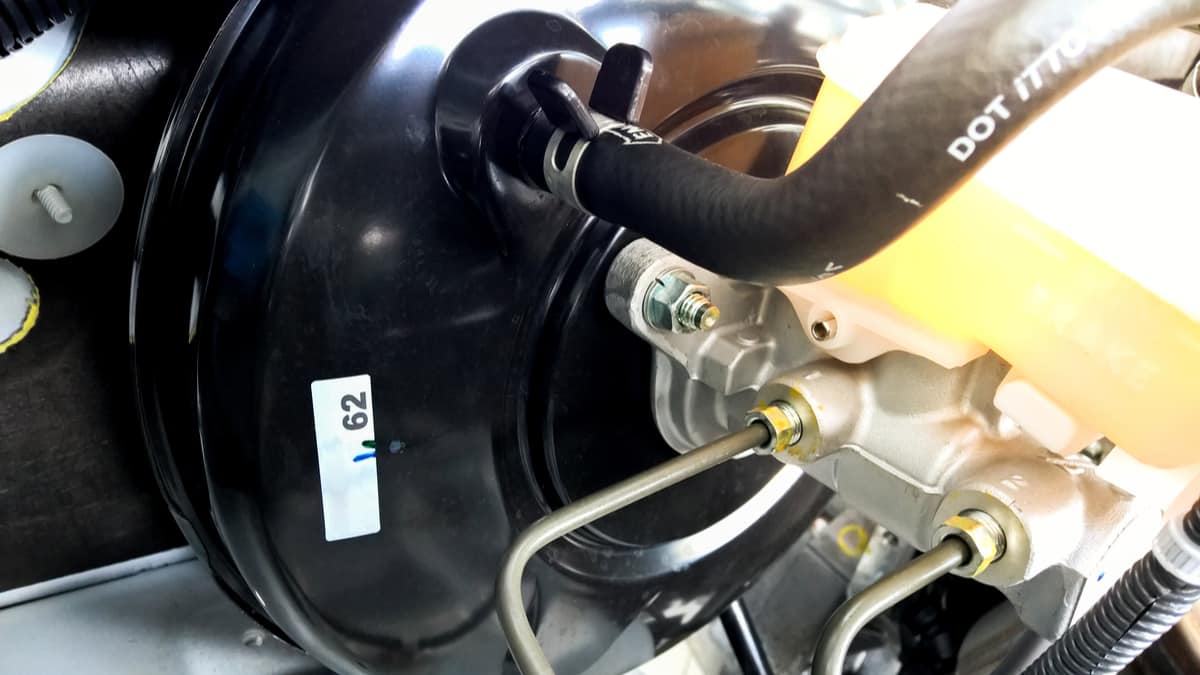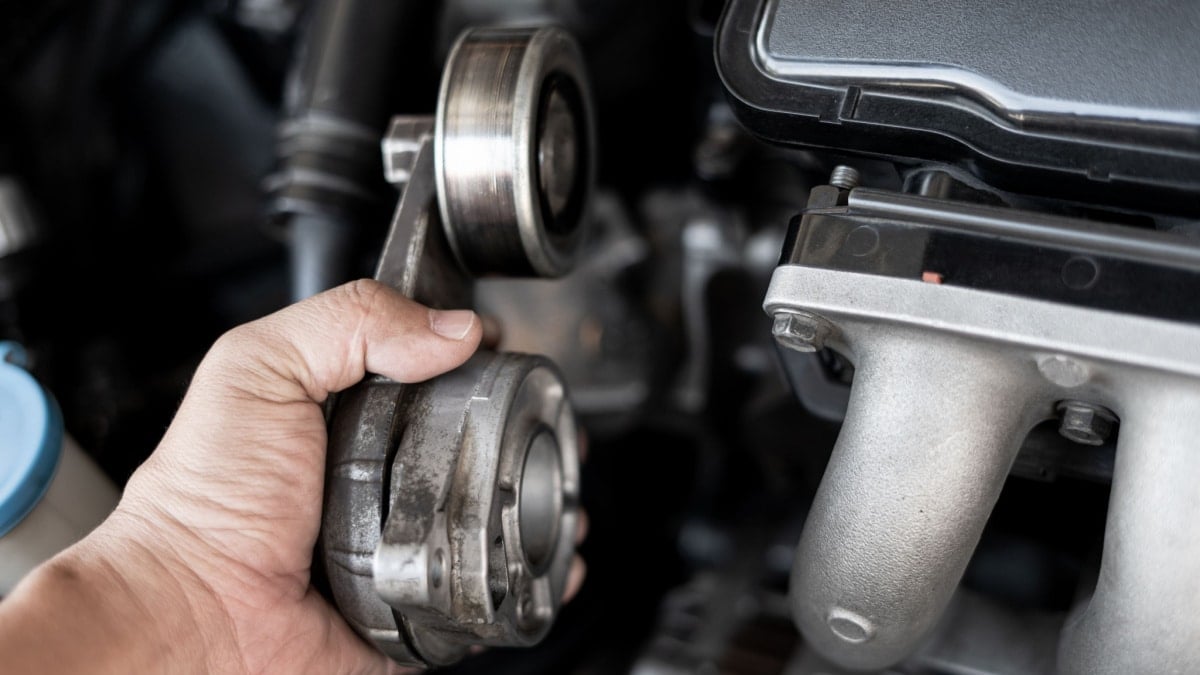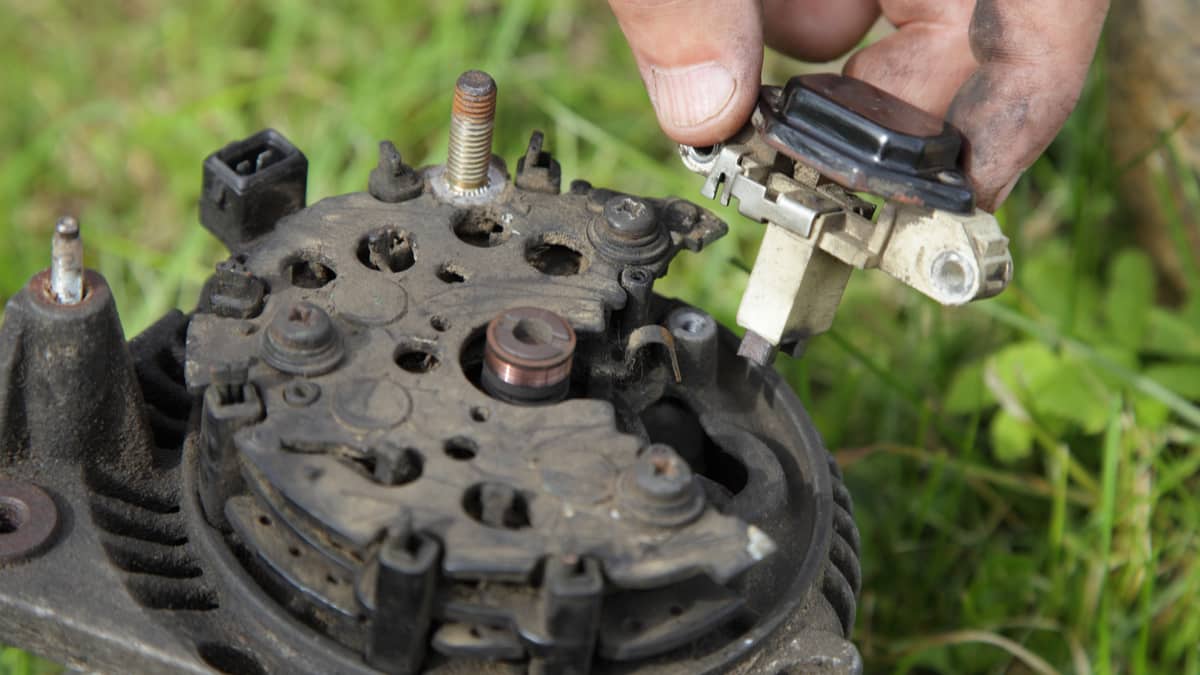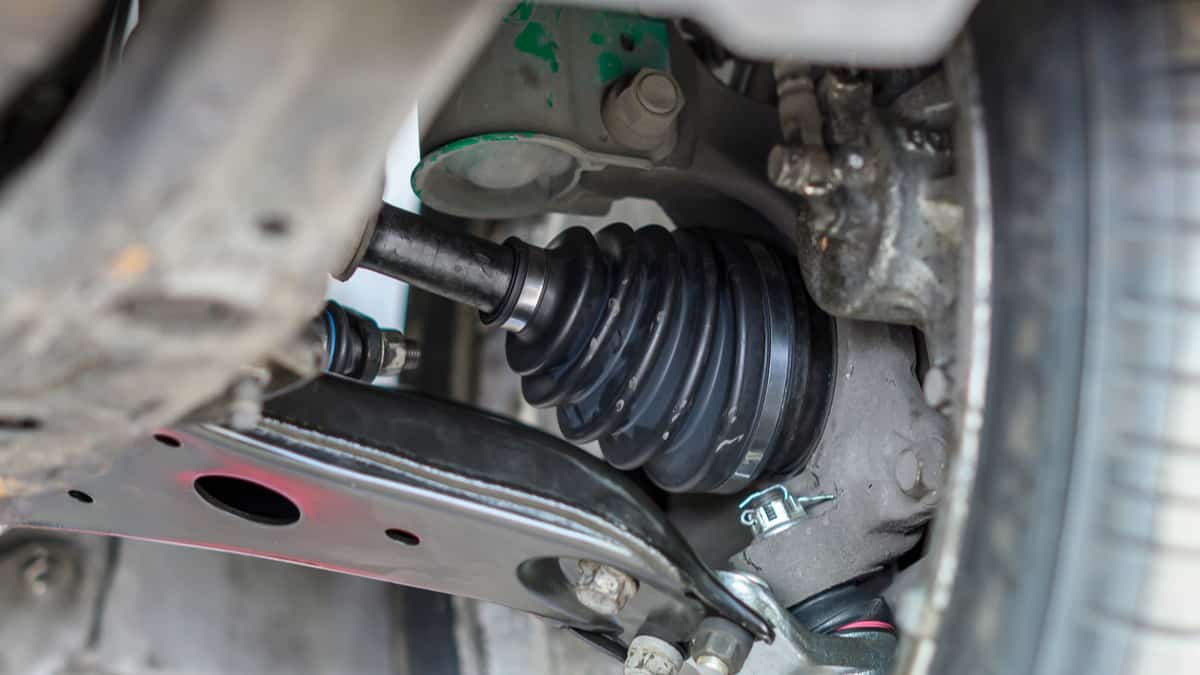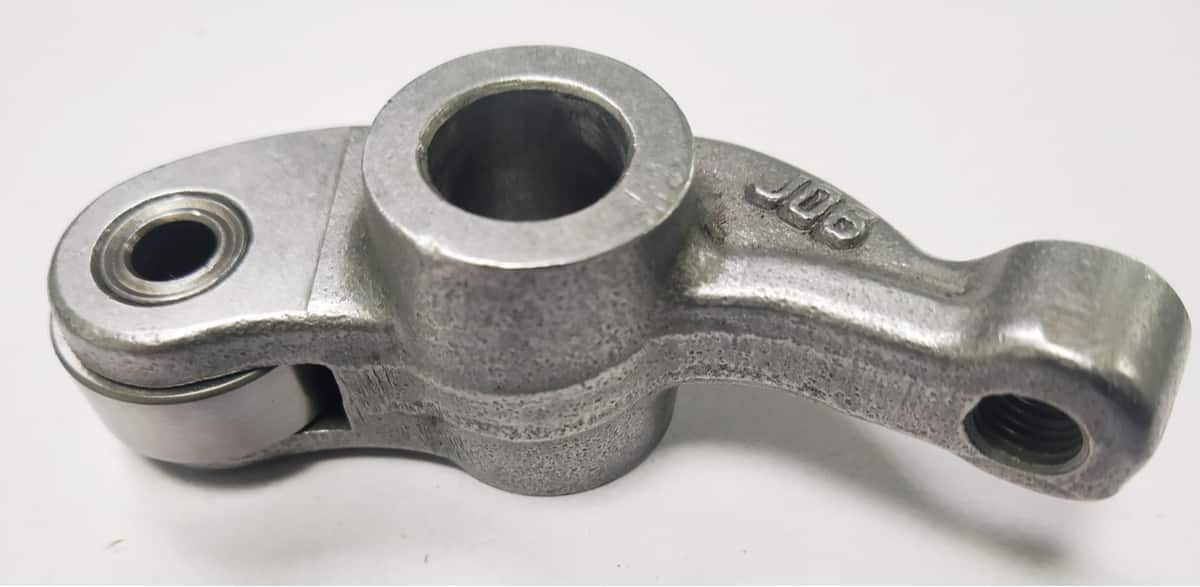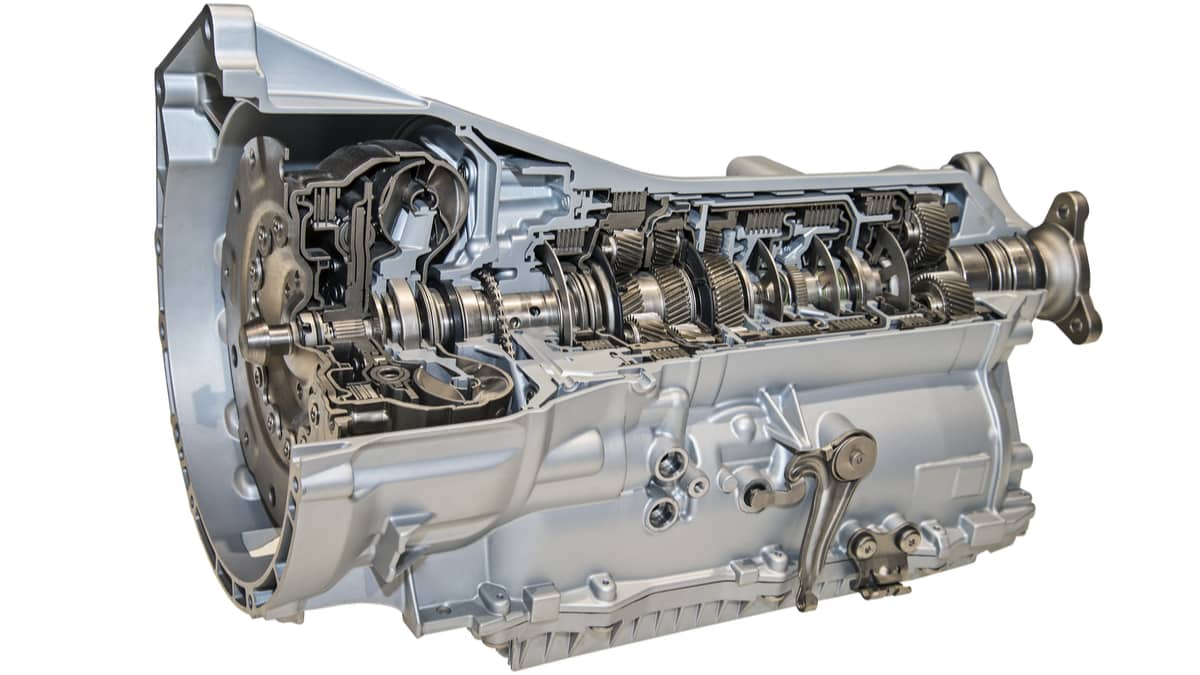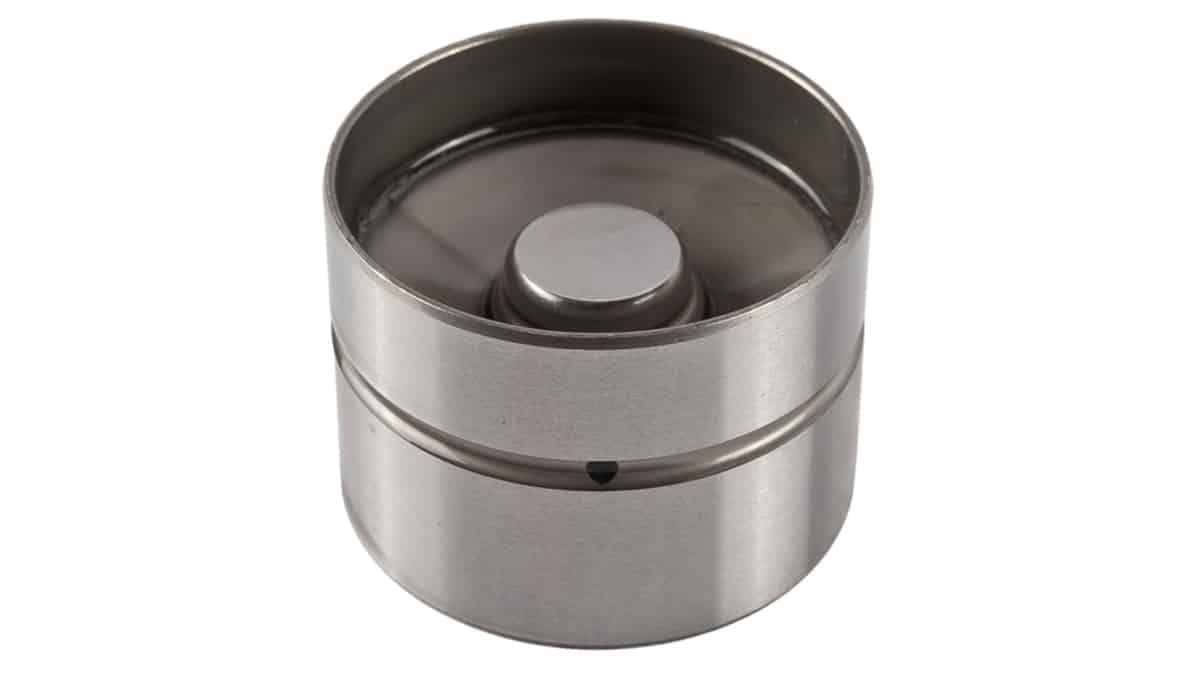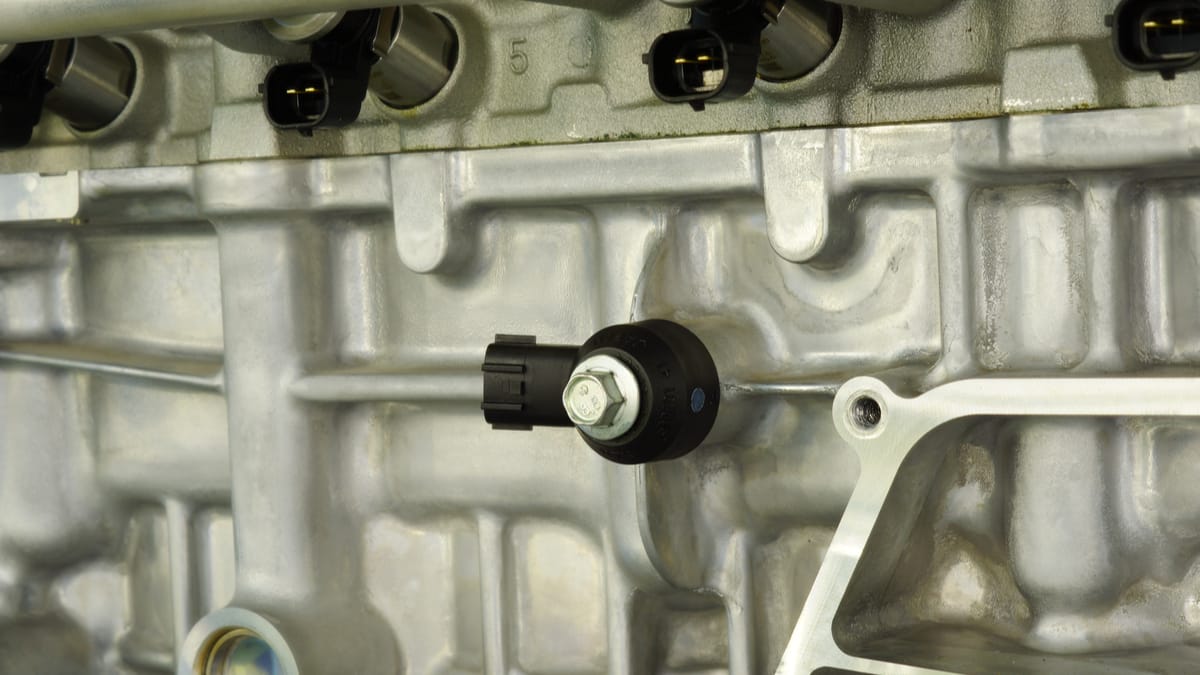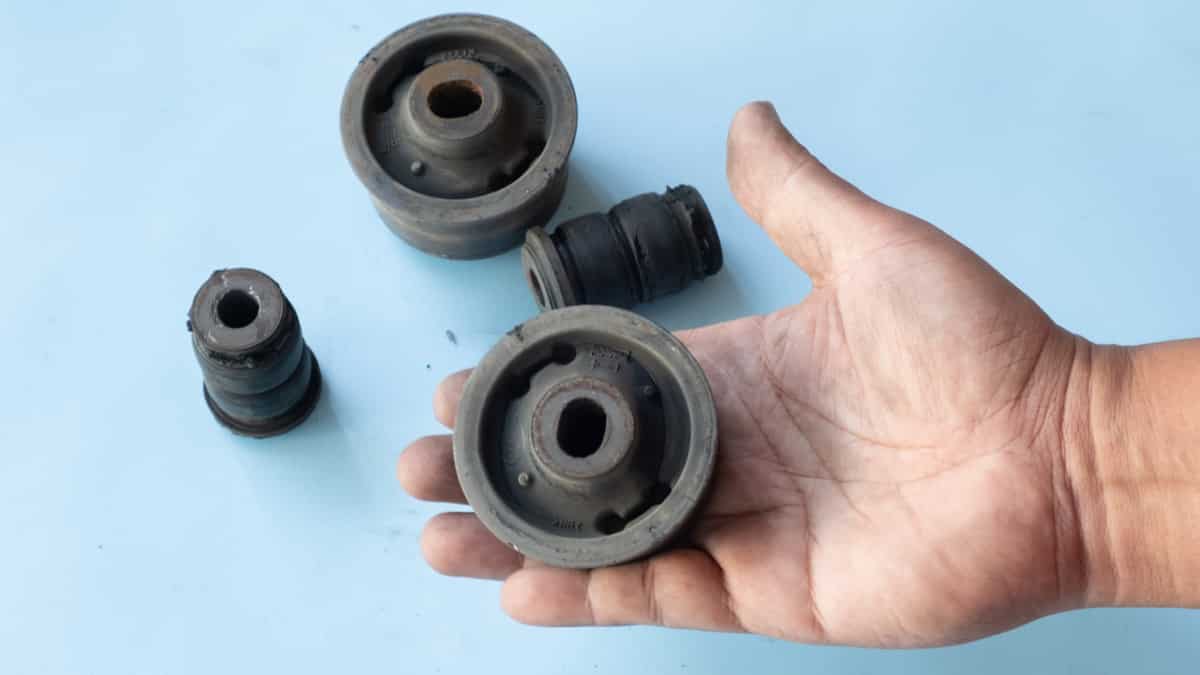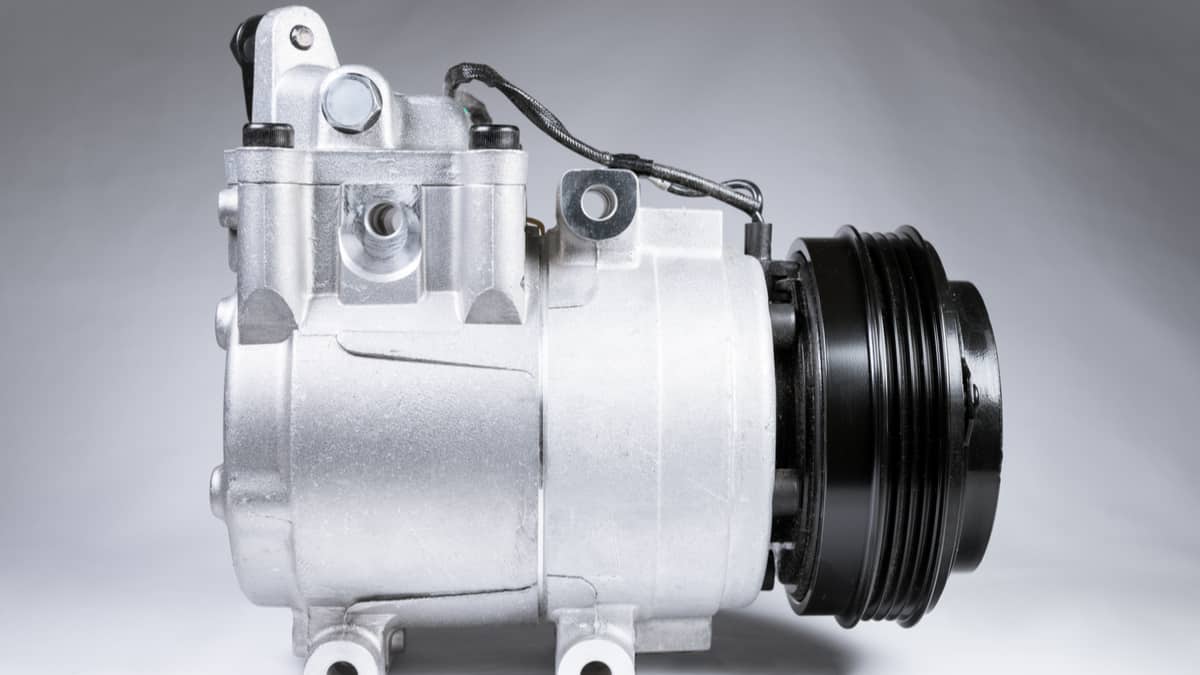Your car’s driveshaft is responsible for transmitting torque from the engine to the wheels so the vehicle can move. If you start experiencing trouble with the driveshaft, it can cause problems with operation. By learning the symptoms of a bad driveshaft, you ensure that every ride is smooth and safe.
I discuss the ways you can tell that your driveshaft is bad. I also look at the function, location, and replacement cost of a bad driveshaft. Let’s begin with a quick look at the signs.
Symptoms Of A Bad Driveshaft
The most common symptom of a bad driveshaft is vibrations when accelerating or driving at high speeds. You may also notice clunking noises coming from under the car when releasing the throttle. Other noises like squeaking, clicking, or knocking are also common.
Here is a more detailed list of the signs of a bad or failing driveshaft to look for.
1. Vibrations

When the driveshaft begins to fail, it’s common to feel some vibration. As time goes on, this vibration could become worse.
Sometimes the vibration is caused by failing U-joints or bushings. Other times, it could be related to the driveshaft not being properly bolted in place or if it is out of balance. Allowing the drivetrain to continue vibrating will lead to damage of other vital components.
2. Clunking Noises

If you hear clunking noises, it could be a sign that there’s a problem with the driveshaft. You may notice this type of sound more frequently when shifting.
In some cases, the clunking could just be a worn-out U-joint. Whatever the cause, you should always have it looked at.
3. Squeaking, Clicking or Knocking Sounds
There are some other sounds a defective drivetrain can make. When bushings and bearings begin to go bad, the driveshaft has trouble rotating normally. This causes all kinds of sounds that can be heard from your vehicle.
For example, squeaking while traveling at low speeds could indicate that the U-joint doesn’t have enough lubrication. This is an easy fix that only requires some grease. However, you might also notice a knocking or clicking noise. These sounds indicate that the CV joint is worn out and about to fail.
4. Shuddering During Acceleration
While I talked about some vibration, shuddering is much more noticeable. As you accelerate from a stopped position or to increase speed, you might notice a significant increase in the shuddering when the drivetrain is defective.
Sometimes this is caused by a loose U-joint or a worn-out center bearing. It could also be accompanied by some of the sounds I previously discussed.
5. Difficulty Turning
While the driveshaft is responsible for converting torque into movement, it also affects the turning of your vehicle. If you are having trouble when taking a turn, it could indicate that the driveshaft is on its way out.
When the driveshaft becomes damaged, the wheels cannot turn properly, which limits your control over the car. Because this is a serious safety matter, you will want to have it looked at right away.
The Function of a driveshaft
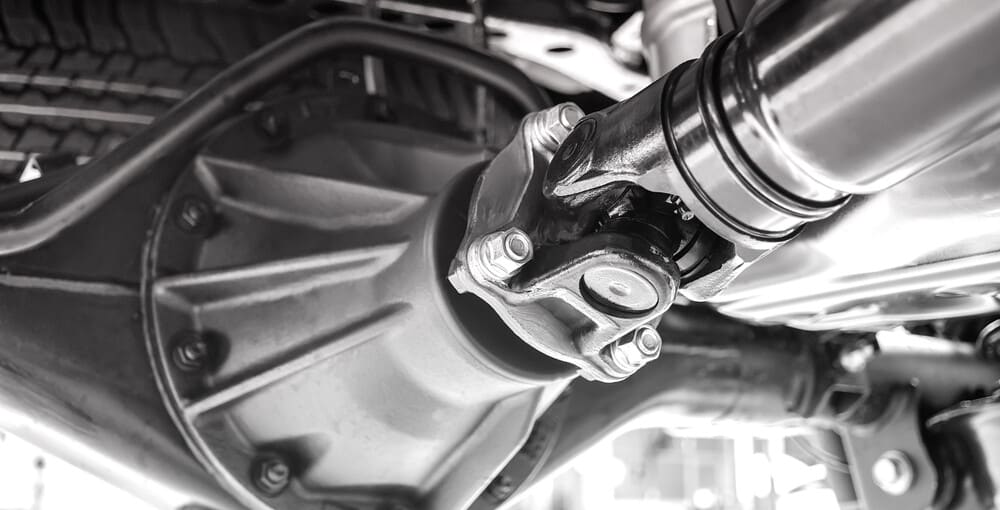
The driveshaft converts the torque from our car engine into movement that propels the wheels. It’s a rod-like part that basically drives your car. It is responsible for transmitting the torque at different angles among the various driveline parts.
The shaft assembly itself is flexible so the axles can travel up and down with lateral movement during acceleration and braking. Most driveshaft assemblies include yokes, slip splines, universal joints, a propeller shaft and various bearings.
A traditional driveshaft can only be found on rear- and four-wheel-drive models. With a front-wheel-drive vehicle, there is a transaxle instead.
Driveshaft Location

The driveshaft location varies based on what type of vehicle you drive. Rear-wheel-drive cars have a long driveshaft that’s connected to the differential and transmission, while four- and all-wheel-drive cars contain two or more driveshafts.
With rear-wheel-drive cars, the back wheels are responsible for delivering power. In these configurations, the long driveshaft connects on one end to the transmission, while the other is attached to the differential with the help of universal joints.
In comparison, the all-or four-wheel-drive car is going to contain two driveshafts. You will find the same setup in the rear of the vehicle. However, there is a front driveshaft connected to the transfer case and front differential with U-joints.
The front-wheel-drive vehicle doesn’t contain a long driveshaft because the front wheels are transmitting the power. Unlike the rear-wheel-drive setup, this type of car has all of the components needed to supply torque in the front of the vehicle. The transaxle design doesn’t require the use of universal joints, but is instead connected with constant velocity (CV) joints.
Driveshaft Replacement Cost
The average driveshaft replacement cost is between $300 and $800. That includes the average price for parts and an additional $150 to $200 for labor. Of course, the price is higher if you have an all-or four-wheel-drive vehicle that requires extensive repairs.
However, some drivetrain repairs are easy for the common household mechanic. If a joint simply needs more lubrication, you can do this even without much experience and save some money. Other more extensive repairs should be performed by a qualified mechanic to ensure on-road safety.
What does a bad driveshaft sound like?
A bad driveshaft will in many cases make a rattling or clanking noise, and it will get louder as you accelerate. However, it’s more common that a bad driveshaft will cause vibrations that can be felt in the car’s steering wheel, floor, or seat.
Will a bad driveshaft make the car shake?
Yes. If your car vibrates or shakes under acceleration, that is a very strong sign that your driveshaft is bad. You may also hear a rattling or clanking noise from under the car when you ease off the accelerator pedal.
Is it hard to replace a driveshaft?
It can be hard to replace a driveshaft, but it depends on the car. Some cars have the driveshaft located in an accessible spot, while others don’t. It also depends on how much work you’re willing to do yourself. If you’re not mechanically inclined, then it might be best to take the car to a mechanic. However, if you’re comfortable working on cars, then you might be able to do it yourself. You just need to purchase the correct parts and follow the proper installation instructions.
How long does a driveshaft last?
A car’s driveshaft is made to last the life of the car, and there is no set schedule for when to replace it. How long it lasts depends on the make and model you have, where you live, and how you drive your car. Most car driveshafts last at least 100,000 miles.
Categories: Transmission


